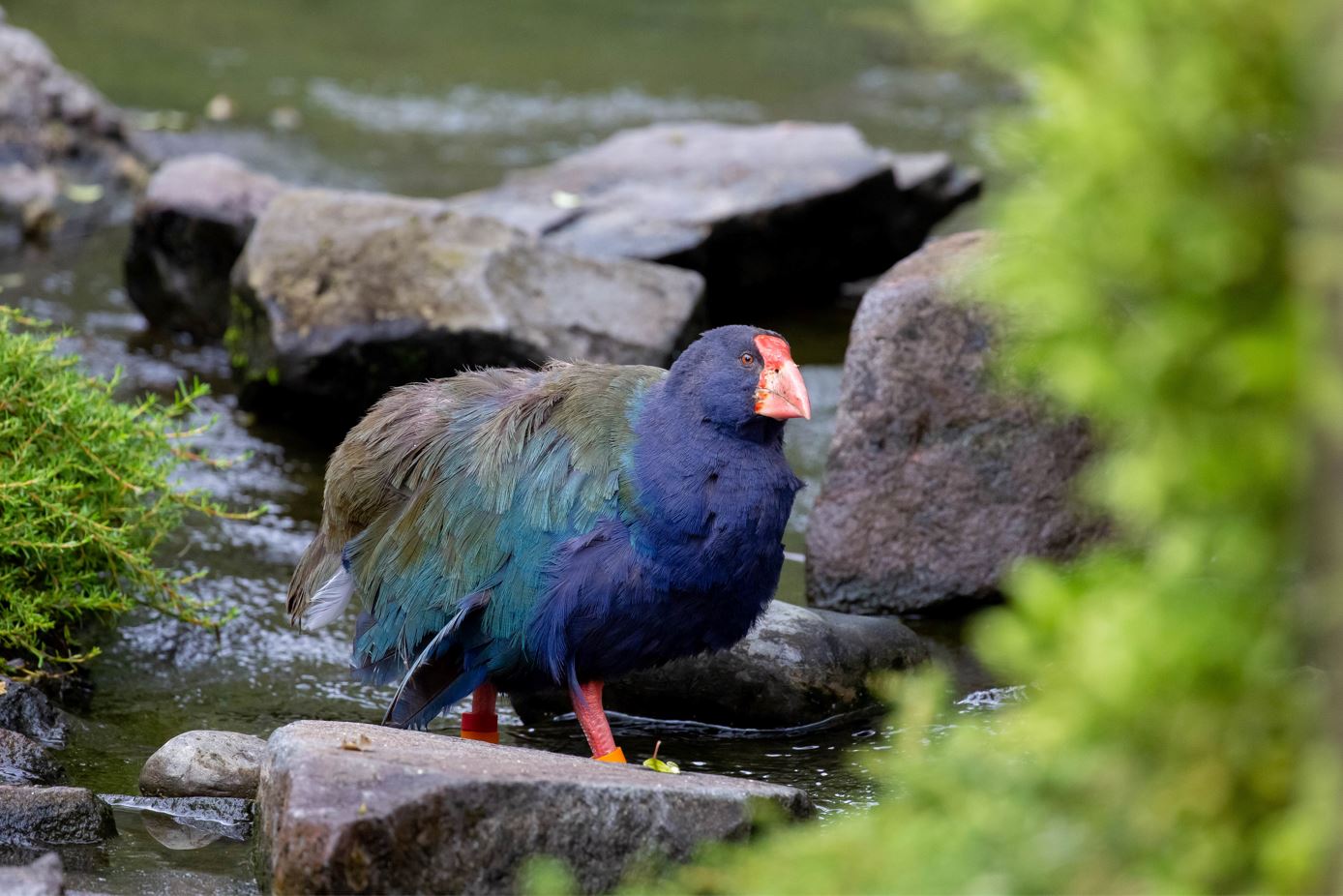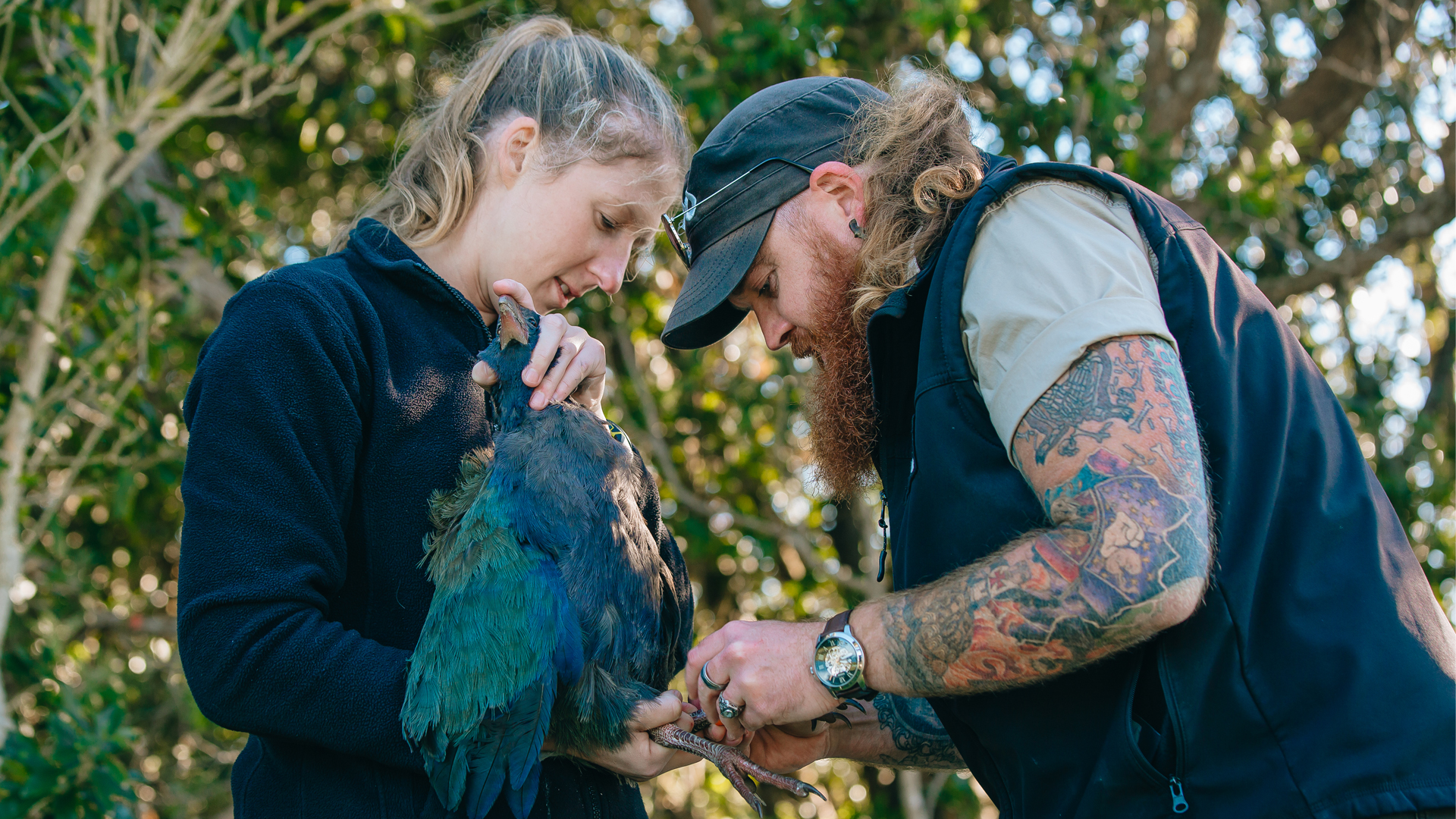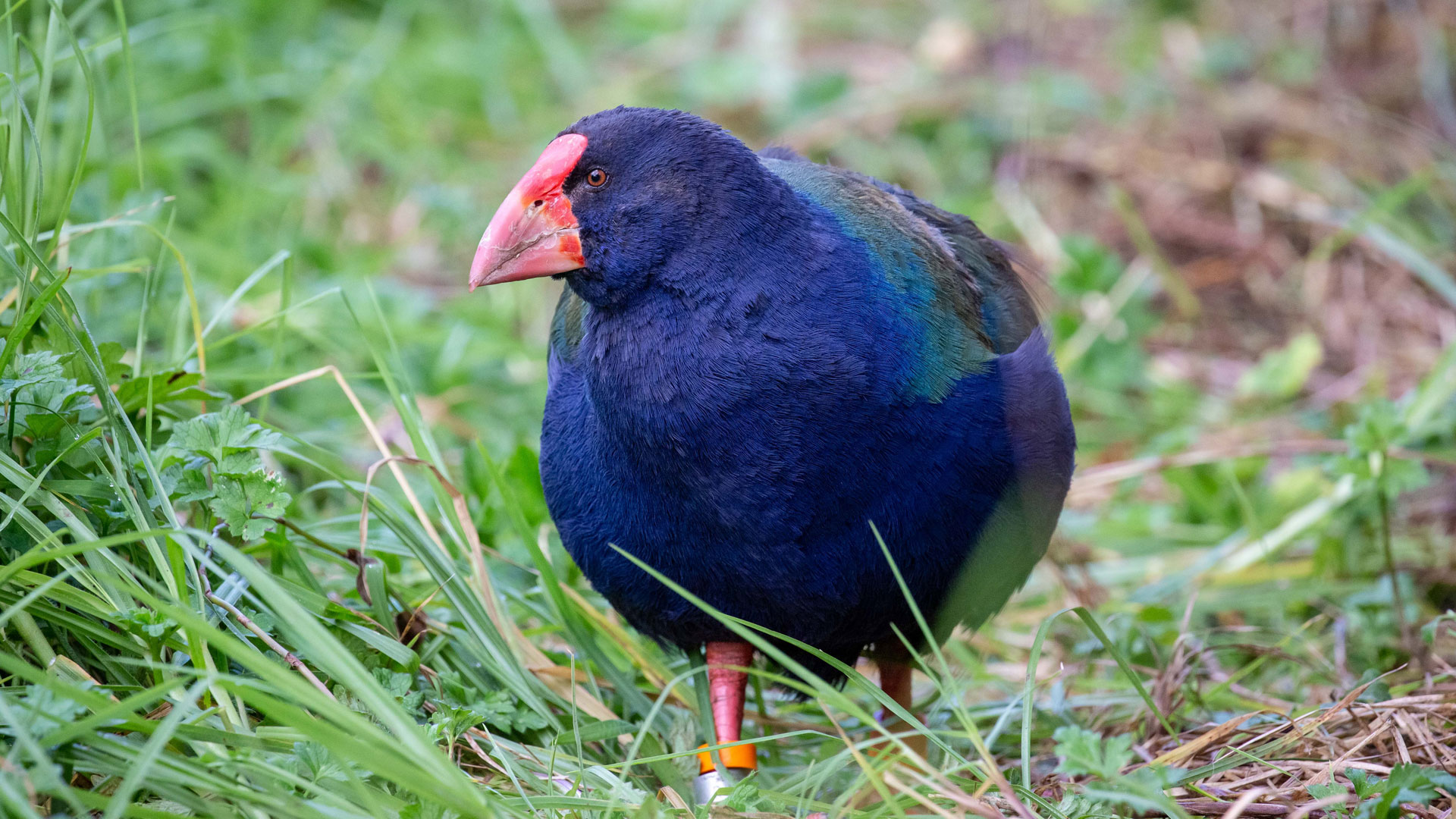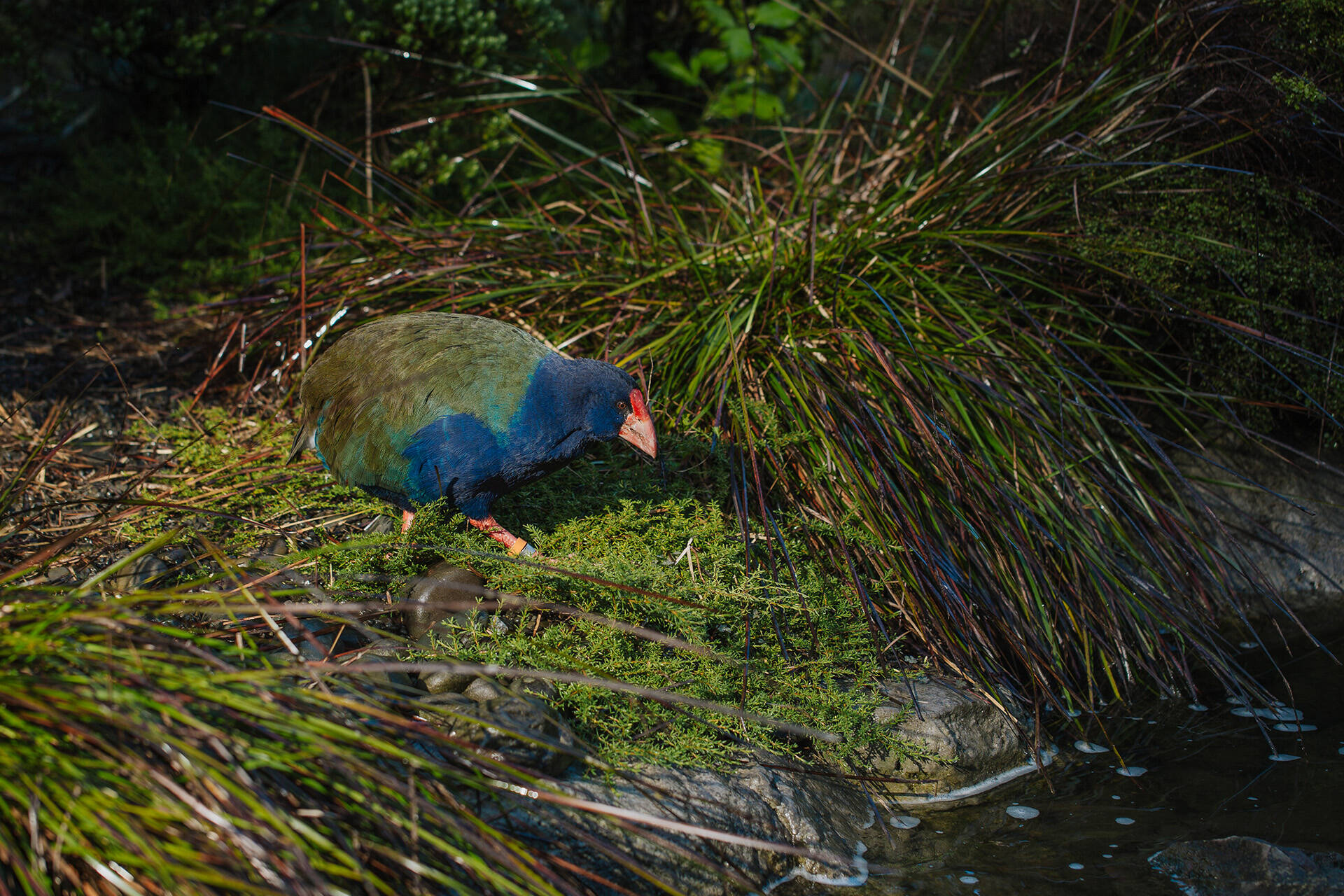Today is the 75th anniversary of the rediscovery of Aotearoa New Zealand’s unique, charismatic, and spectacularly feathered South Island takahē.
There are many reasons for us to celebrate this threatened endemic taonga that’s just taken out 10th place in Bird of the Century, and that you as Zoo visitors can experience in Whenua Waotu/The High-Country in Te Wao Nui.
Our country’s largest flightless bird and the world’s biggest living rail species, the takahe was thought to be extinct until 1948 when tramper and bird enthusiast, Dr Geoffrey Orbell, confirmed its existence in the Murchison Mountains.
Since this time, thanks to the collective mahi of Department of Conservation (DOC), Ngāi Tahu and many organisations (including Auckland Zoo since 2013) and individuals, the population of takahē has now grown to around 500.
As well as being home to 12-year-old male Bligh and 10-year-old female Whito - advocates for their wild cousins - the Zoo’s veterinary team treats takahē sick/injured from the wild and our bird specialists play a key role in helping manage the metapopulation of takahē that live in the North Island on behalf of the DOC Takahē Recovery Group.





